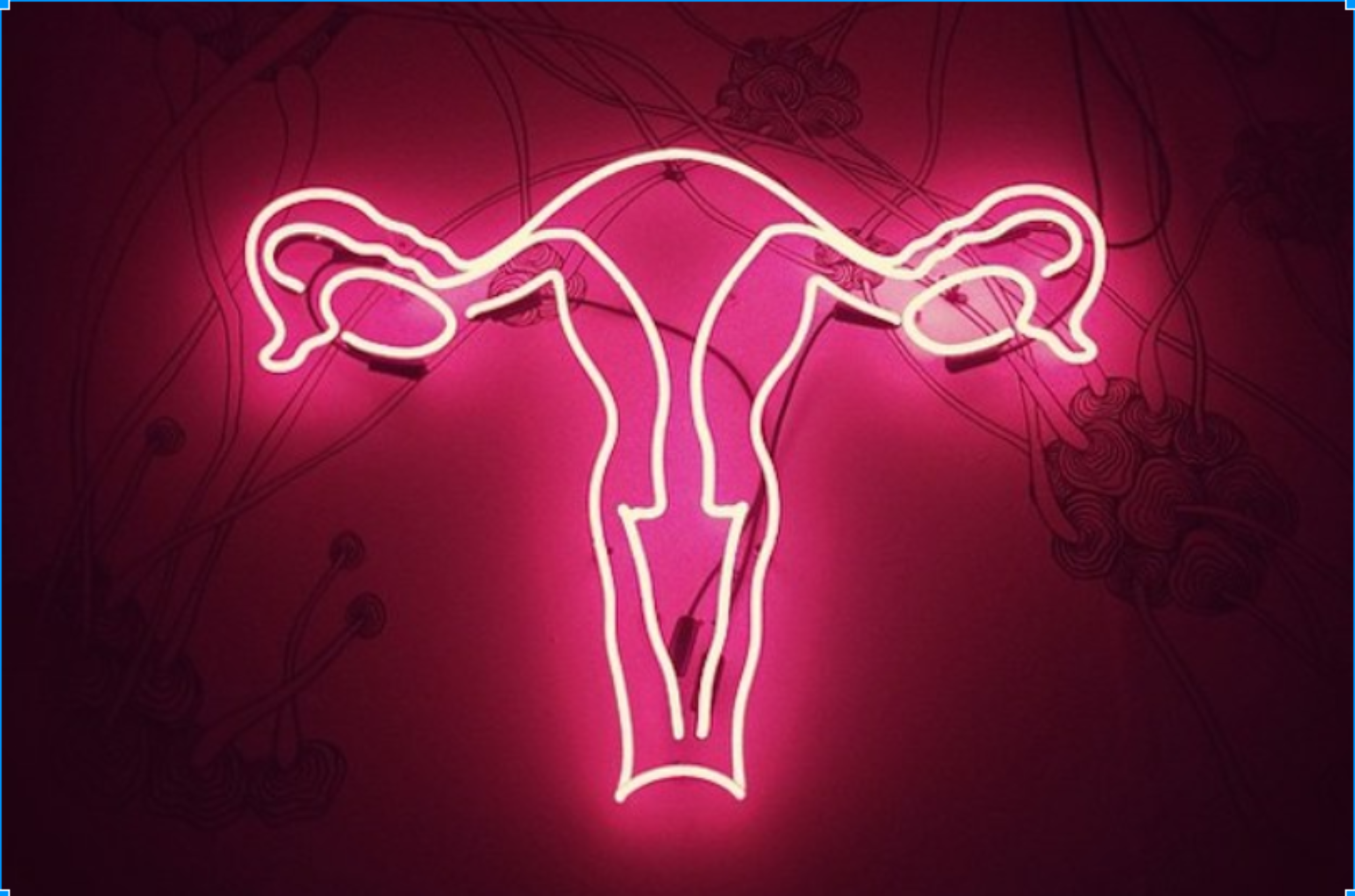Even so they shortly discovered and became used to the demands regarding brand-new opportunities. In Lodz, eg, a significant textile middle, a somewhat lot of Jewish females, some thirty-seven percent, comprise used in the fabric industry before the combat, either at your home or even in industrial facilities. But their data skyrocketed during the war and also by the full time the ultimate census was actually drawn in the Lodz ghetto in 1944, practically all from the women-close to one hundred percent-were employed (and female composed a full 50 % of the ghetto work force).
In Warsaw lady are merely twenty percent regarding the Jewish labor force ahead of the conflict and so they happened to be unlikely than people to have employable skills. Feamales in Warsaw for that reason had more issues discovering work therefore the amount of females utilized in the ghetto got less than that people. But this is in addition as a result of the insufficient employment inside the Warsaw ghetto. Actually, in September 1941, approximately half from the people associated with the Warsaw ghetto (200,000a€“250,000 men and women) didn’t come with normal income and are primarily depriving to dying. A lot of the unemployed without any standard earnings were families of women and kids without a male supplier. In the event the women are not employed, they certainly were merely unable to nourish their children. These individuals met with the toughest amount of time in the ghetto and symbolized  a sizable percentage of those who were starving.
a sizable percentage of those who were starving.
However, most females who were utilized in addition got issues eating their children for the ghetto. They tried to rescue a little of the meal which they got at your workplace for his or her children’s dish, but there was never enough. They also experienced being forced to create their children alone yourself, from sunrise to sunset, while they happened to be at the job and constantly concerned about that was going on in their eyes during the day.
In ghettos and camps, however, females were anticipated to invest long hours in factories and companies and input a complete day’s-work working confusing machines
Even when there were two moms and dads functioning, most individuals had to increase the food they gotten by promoting off numerous cherished belongings. This task often dropped to the women that, little-by-little, was required to part with their most favorite gowns, dresses, and sweaters and also the linens, sheets, and bedding that were part of their unique dowry.
Most reported that from inside the latest condition, for which their particular men happened to be more often endangered and abused, they were full of bravery and a feeling of goal
It absolutely was today her obligation to look after the family. Some noticed big happiness inside their brand-new parts in the household, although some workers, have been involved in the self-help organizations, experienced they comprise satisfying a mission within employment.
Yet although ghetto girls thought these brand-new pathways to compliment their families-in either the standard labor pool, or through more ad hoc and innovative routes -they still retained their own conventional functions as well. Women grabbed without any consideration their unique carried on responsibility to complete all of the cleaning. Thus people continued to look after the normal house activities for example cooking, cleanup, mending garments, and looking after offspring. They performed this all in a ghetto for example Lodz, while employed long time from inside the workshops being paid about two-thirds of a man’s wages.
In focus camps men and women experienced a rather different set of dangers and difficulties. Those who lasted the initial collection had been set to work-typically at harsh real work both for women and men. Right here it seemed that males in the beginning had a less strenuous amount of time in adjusting. Yet we additionally see lots of testimonies of some gender-specific coping skills.
